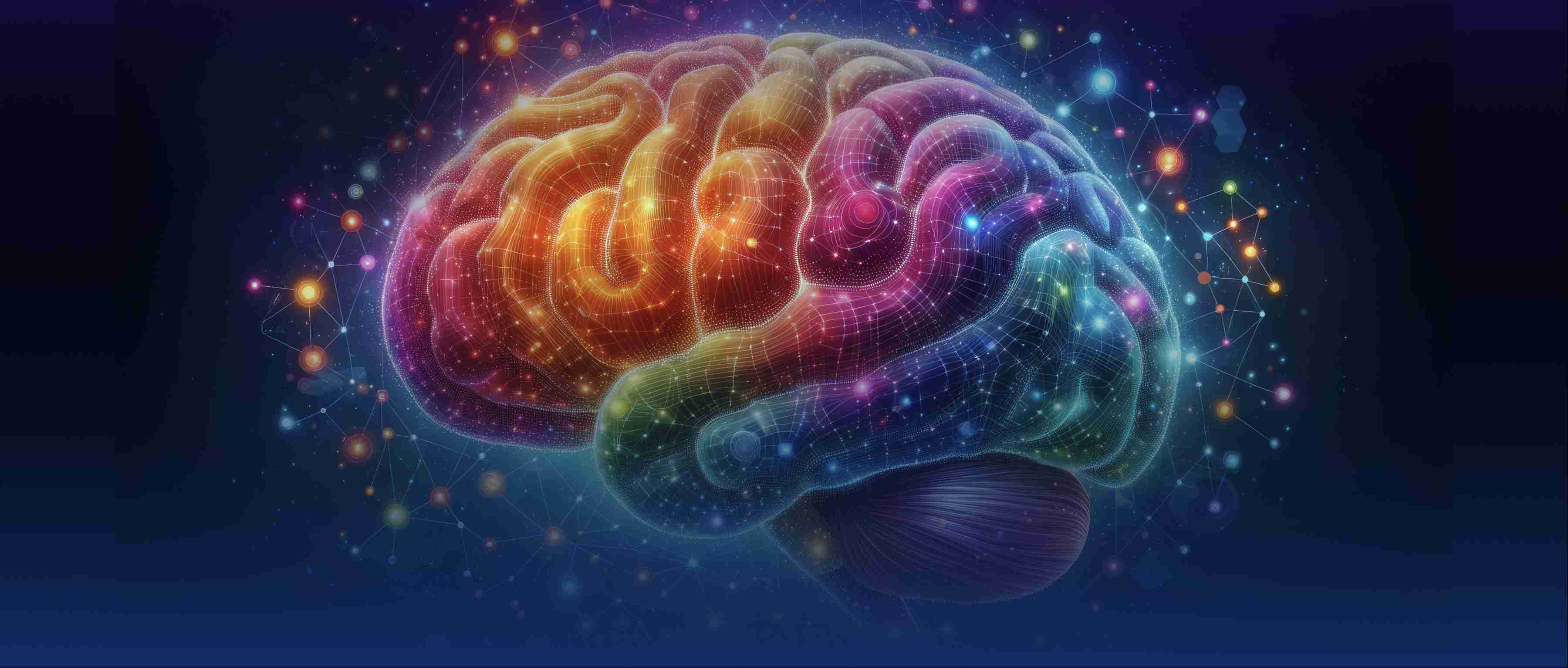Creating an image recognition project involves several key steps. The first step is defining the problem and understanding the task. For instance, you may need to classify images into categories (e.g., dogs vs. cats) or detect objects within an image (e.g., cars in street scenes). Once the problem is defined, the next step is collecting and preprocessing the data. You need a dataset of labeled images for training your model. Public datasets like CIFAR-10, ImageNet, or COCO are commonly used. Data preprocessing involves resizing images, normalizing pixel values, and augmenting the data with transformations (e.g., rotations, flips) to improve model generalization. The third step is choosing the model architecture. A popular choice for image recognition tasks is a Convolutional Neural Network (CNN), which is well-suited for tasks involving images. You can either build a CNN from scratch or use a pre-trained model like ResNet or VGG for transfer learning. After training the model on the dataset, the next step is evaluating the model. This involves assessing its performance using metrics such as accuracy, precision, recall, and F1 score. If the performance is unsatisfactory, you may need to fine-tune the model, adjust hyperparameters, or gather more data. Finally, once the model performs well, you can deploy it into a production environment for real-world image recognition tasks. This might involve integrating the model into a web or mobile application, ensuring it can make predictions in real-time or batch processing.
What are the steps to make a project on image recognition?

- Evaluating Your RAG Applications: Methods and Metrics
- Embedding 101
- AI & Machine Learning
- Natural Language Processing (NLP) Advanced Guide
- Vector Database 101: Everything You Need to Know
- All learn series →
Recommended AI Learn Series
VectorDB for GenAI Apps
Zilliz Cloud is a managed vector database perfect for building GenAI applications.
Try Zilliz Cloud for FreeKeep Reading
How do delete operations or updates in a vector database affect storage usage over time? For example, is there a compaction process to reclaim space from removed vectors?
Delete and update operations in vector databases can lead to fragmented storage over time if not managed properly. When
What is scalable image search?
Scalable image search refers to an image search system designed to handle large volumes of images efficiently while main
What is the role of cloud marketplaces in open-source distribution?
Cloud marketplaces play a significant role in the distribution of open-source software by providing a centralized platfo